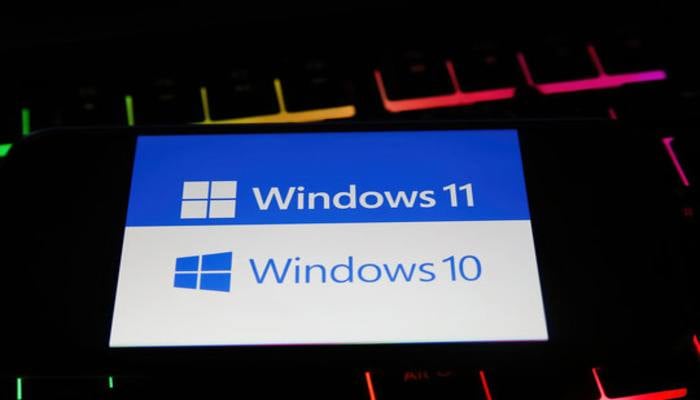
uch to the dismay of those using older hardware Windows PCs or laptops that are incompatible with Windows 11, Microsoft is just hours away from ending Windows 10 support tomorrow, on October 14.
Now the real misery is with those at the affected end of this development: people having lower-tier hardware PCs and unable to afford or transition to an upgraded system.
How to keep using Windows 10 after October 14
But don't fret if you, too, happen to be on the radar of Microsoft's Windows 10 support end-of-life policy, because we're here to let you know how to use Windows 10 after October 14.
First things first. Although Windows 10 will stop receiving security updates after the given date, computers or laptops running Windows 10 will keep functioning. Point to be noted here is that these devices will be vulnerable to cyber threats.
To ensure protection, Windows 10 users have three ways to get around: upgrade to Windows 11, purchase a new PC with the latest Windows OS, or enrol in Microsoft’s Extended Security Updates (ESU) programme for an additional year of support.
Since Windows 10 systems are at the risk of malware and security threats without regular updates, the ESU program offers a temporary fix by providing essential security patches through 2026, allowing users extra time to prepare for an upgrade.
How to enrol in the Microsoft ESU programme
- Check for Updates: Go to Settings > System > About to verify your Windows 10 version and install any available updates.
- Administrator Account: Ensure you're using an administrator account (Settings > Your Info).
- Upgrade Eligibility: If your device meets the requirements, consider upgrading to Windows 11 for better long-term security.
- Enrol in ESU: Navigate to Settings > Update & Security and select “Enrol Now” under ESU.
- Backup Data: Microsoft will prompt you to back up your settings and files, offering up to 5 GB on OneDrive. Once ready, click “Add this device to receive Extended Security Updates.”
Once you're ready, click “Add this device to receive Extended Security Updates,” then select Add Device and Done.
The free ESU plan connects your Windows login to Microsoft’s cloud, where it requires local account users to opt in for services like OneDrive and Office 365.
















